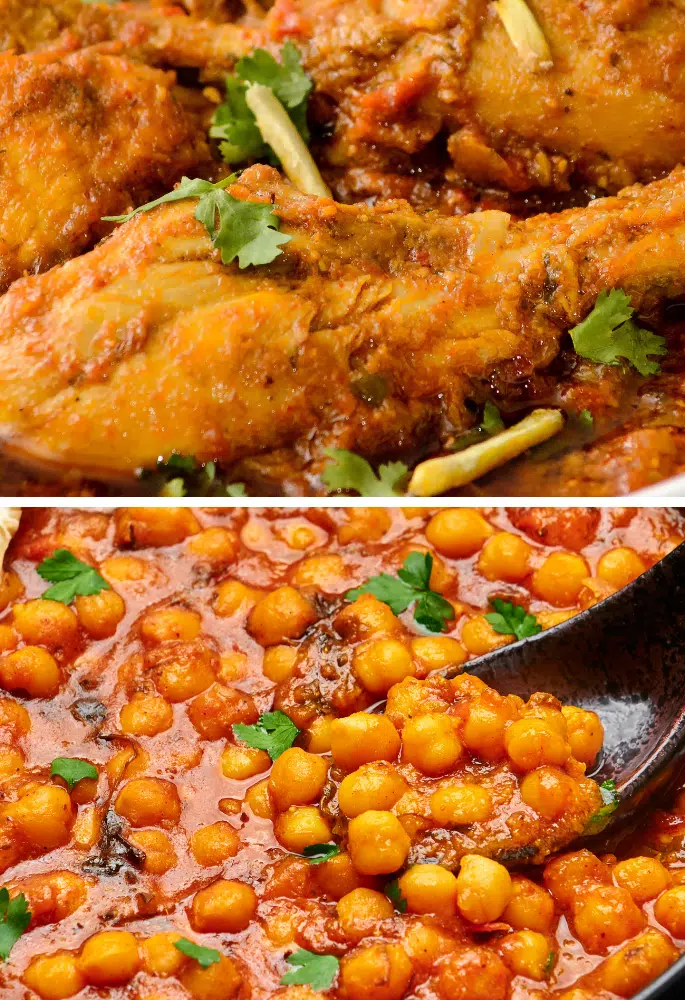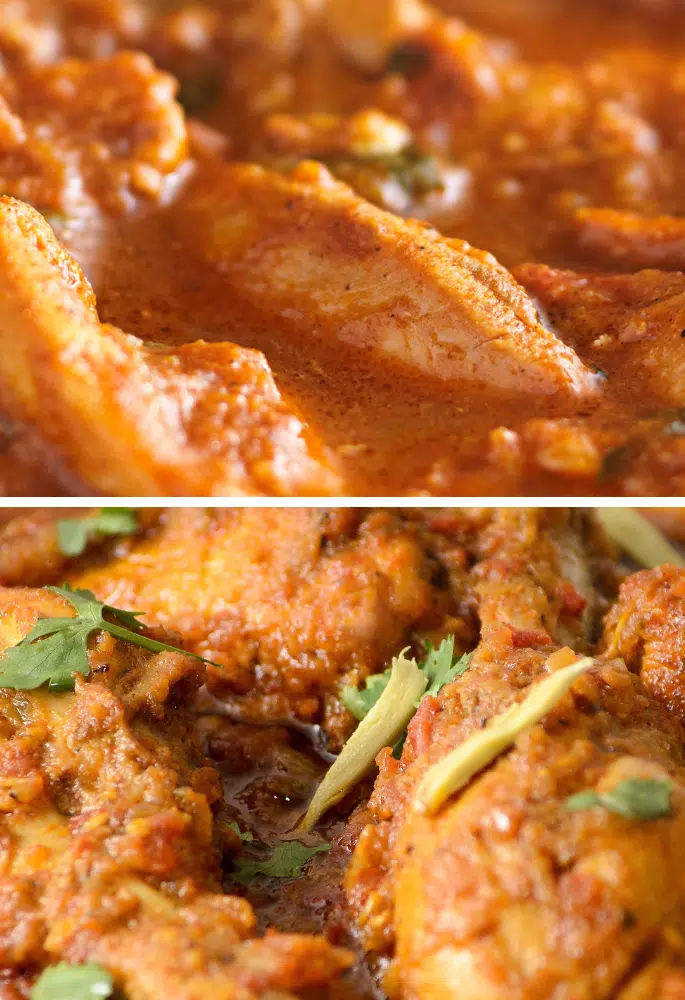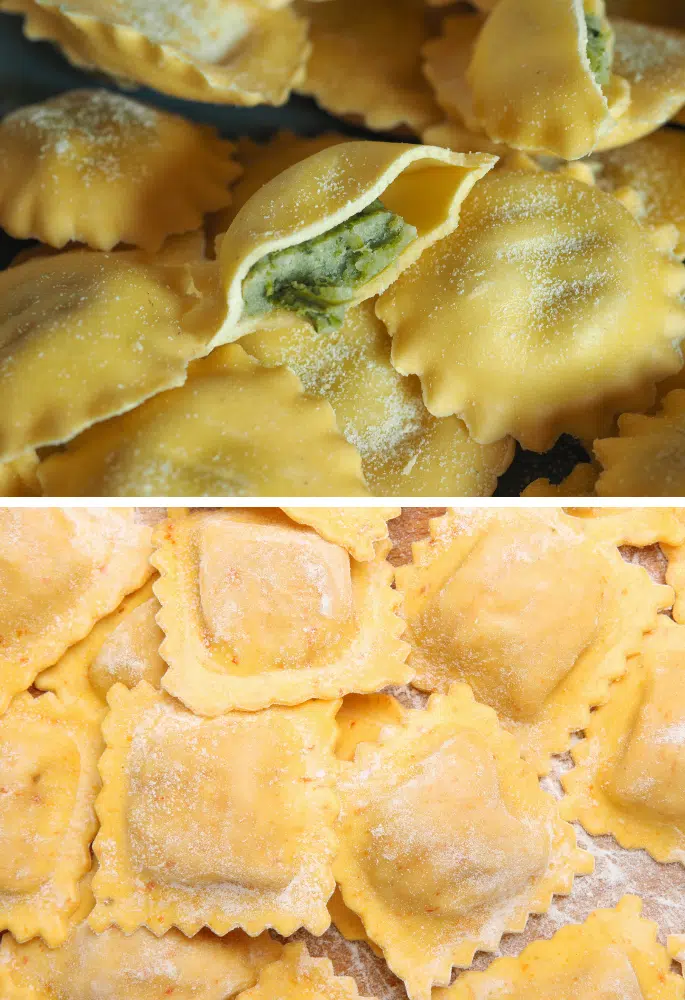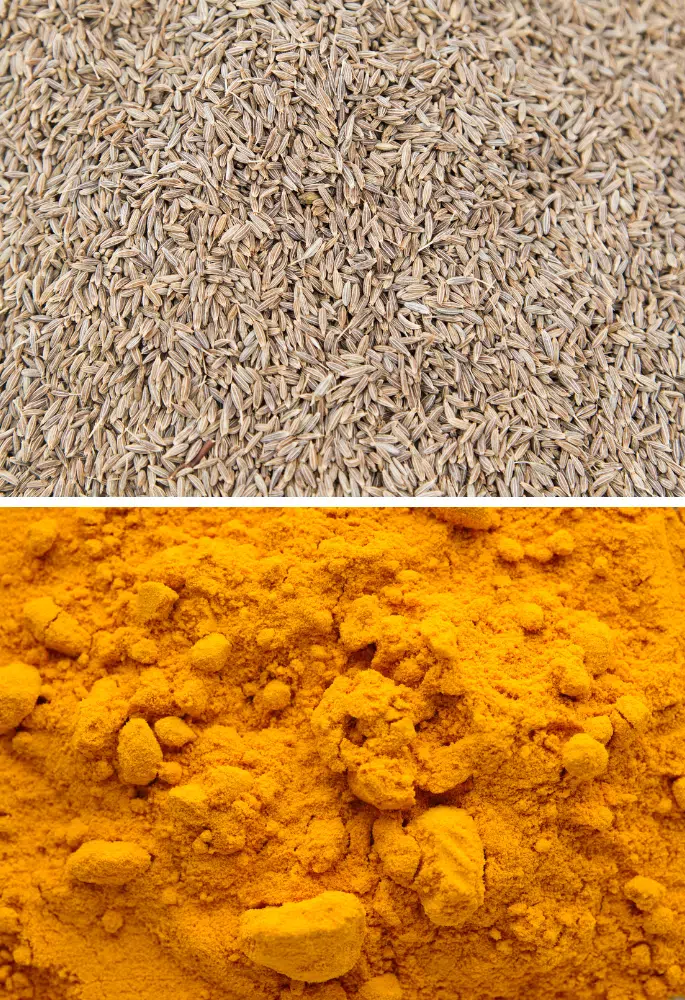Few places in the world have produced more classic, widely used types of cheese than Italy. It is a country known for its cheese and delicious cuisine. But there are some cheeses that are less popular outside of Italy – asiago and provolone.
If you have never heard of these cheeses, let us break them down for you.
Despite their varieties, asiago tends to be aged for both much longer and much shorter than the varieties of provolone. This impacts the taste and texture of the cheeses.
What is Asiago?
Asiago is one of Italy’s most loved cheeses, yet it is often confused with Parmigiano Reggiano by non-Italians. However, asiago is a cow milk cheese that has characteristics in its own right.
There are two types of asiago: asiago pressato (fresh) and asiago d’allevo (aged). Though both kinds of asiago have to abide by strict regulations to be classed as asiago, such as being made in the Veneto or Trentino Italian regions, the type of asiago is determined by how long it has been aged for.
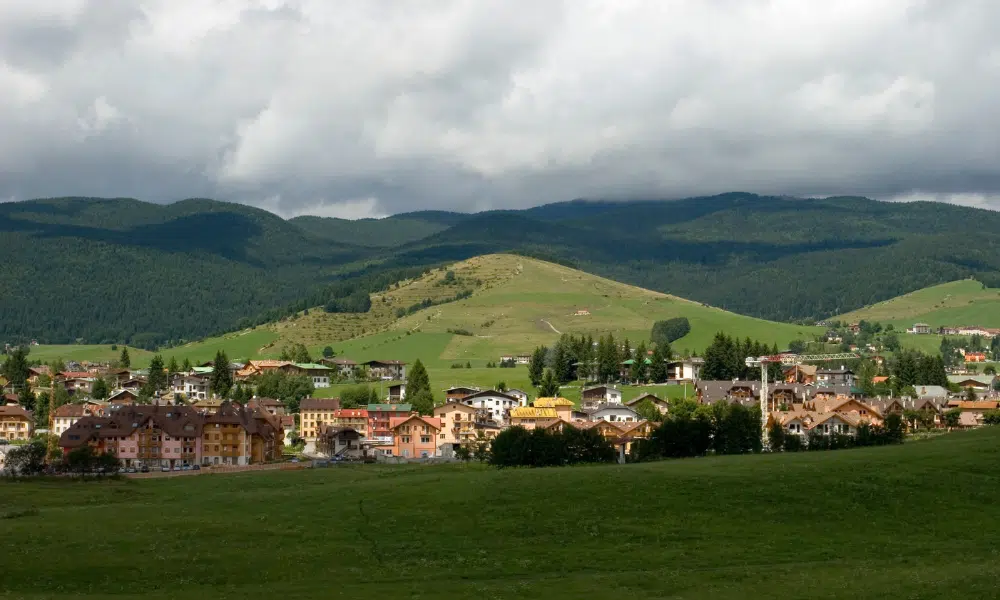
Fresh asiago is aged for around 1 month after it has been salted and soaked in a brine. This results in a softer asiago. The flavour is also much milder and smooth as it hasn’t had as long to develop its sour taste.
On the other hand, aged asiago is considerably harder than fresh asiago.
This varies depending on how long the cheese has been aged, but as a rule, aged asiago must be left to mature for between one month and 3+ years.
The longer the asiago is left to mature, the harder it is and the more the nuttiness of the rennet becomes apparent.
When a cheese like asiago has a D.O.P. status (standing for Denominazione d’Origine Protetta), it means that there are certain criteria that the cheese has to pass to be classified and sold as that cheese.
What is Provolone?
Produced in the North of Italy (specifically the Po Valley region), provolone is considered by Italians to be one of the most vital cheeses in their cuisine.
This is the case for both varieties of provolone, though provolone piccante tends to be more commonly used than provolone dolce.
Provolone is made using full-fat cow’s milk that is curdled and then spun — a process in which cheese curds are bathed in water or whey until drained and kneaded to develop elasticity.
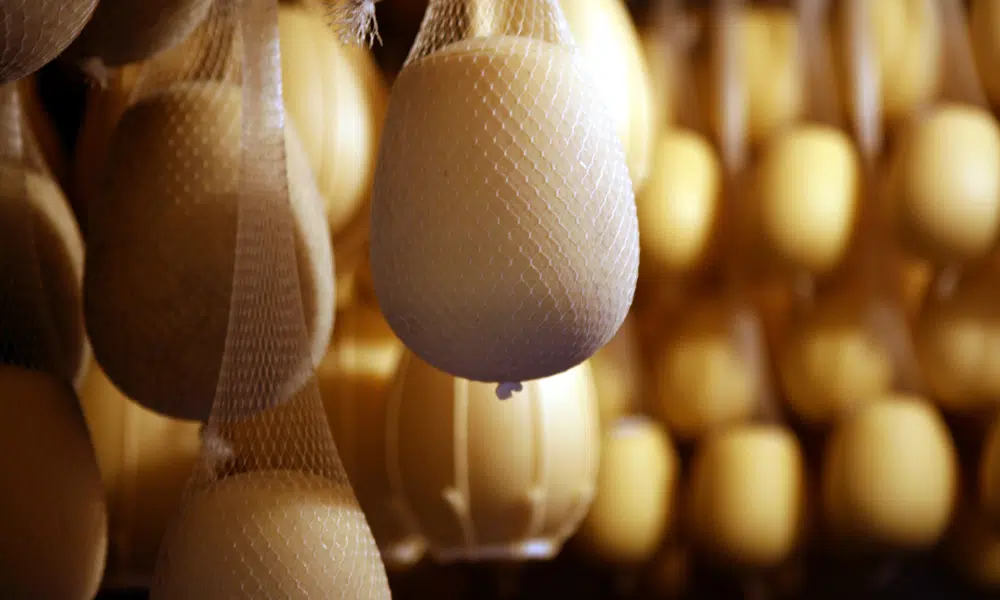
Both types of provolone undergo this treatment.
Provolone piccante is left to age for a minimum of 4 months (often longer) while provolone dolce is a younger version of the cheese, aged for 2-3 months.
As a result of their ageing, provolone dolce is a semi-hard cheese that has a distinct smooth texture from the spinning process. This smoothness translates as a buttery taste with an obvious sweetness.
Provolone piccante is much harder in texture, though still classified as a semi-hard cheese as it melts with little effort.
The flavour of provolone piccante is considerably sharper than provolone dolce; it is both saltier and has a meatier taste because of the use of calf rennet.
The taste of provolone piccante is so intense that it is best used as a table or finishing cheese. Provolone dolce is still flavourful but mild enough to be used on pizza and in sauces.
Similarities Between Asiago and Provolone
At first glance you may think that there is not a lot of similarities between asiago and provolone other than their place of origin, but you would be wrong:
- Italian Staples – Pretty much every country where milk-producing animals roam has their own kind of cheese, Italy is considered to be the cheese expert simply because of how many classic cheeses the country has produced. Both asiago and provolone are two of Italy’s less well known but no less loved cheeses.
- Not Diet-Friendly – Rennet is made using the enzymes produced by the stomachs of animals, making it unfit for vegans or vegetarians. As such, neither cheese is suitable for either diet. There may be vegan or vegetarian-friendly variations, but they will not classify as true provolone or asiago.
- Varying Types – Some cheeses only have one type of variation, meaning its characteristics remain consistent. However, provolone and asiago have 2 variations that are divided by how long the cheese has aged. When shopping for either cheese, you must consider the cheese’s ageing time to make sure you choose the right type.
- Youth Meltability – As young asiago and provolone is only aged for a few months, they are nowhere near as hard as their older counterparts. Instead, they are soft and very meltable, which is why young asiago and young provolone are popular pizza toppings or pasta sauce flavourings in Italy.
Differences Between Asiago and Provolone
No matter the similarities between asiago and provolone, they are their own products in their own right, with unique characteristics to account for the next time you want to use either cheese:
- Ageing Times – Though asiago and provolone have both old and young varieties, the amount of time that those varieties are aged differs, with asiago ageing less than provolone. On the other hand, older asiago is often aged for years, while old provolone is only aged for a minimum of 4 months.
- Cheese Making Process – As far as cheese goes, asiago undergoes a fairly traditional and universal process to be made. Whole cow’s milk is separated in curds and then brined until it age dries. Provolone is less typical in its making process, undergoing spinning or pasta filata to develop a certain elasticity before it is then aged. These differences in the core cheese-making process of asiago and provolone produce different results.
- Texture – Even when provolone has been aged, the fact that it is a spun cheese with elasticity kneaded into it means that it maintains a creamy texture for the most part. However, as asiago ages, it becomes grittier, resembling parmesan cheese.
Asiago vs Provolone: Which Wins?
If you had to pick one or the other, which cheese would you vote for? It’s asiago vs provolone, but where are you voting?
Do You Prefer Asiago or Provolone?
Asiago and Provolone FAQs
If you have further questions about asiago, provolone and how they differ then check out these FAQs:
Although Italians would curse us for saying this, cheddar is probably the most widely available alternative to provolone in the UK.
The name of the cheese is actually where the cheese is from. It is from the Asiago plateau in the Veneto hills of Northern Italy.
Sources
Where we obtain our information and verify the facts in this article:
The Spruce Eats
What is asiago
Castello Cheese
Everything you need to know about provolone cheese
Acacia may be a freelance writer by day, but they are a food fanatic by night. They are always trying out new recipes or finding different ways to elevate classical dishes. But their biggest culinary aim is to educate others on the basics of the kitchen so that they too can enjoy delicious food.


